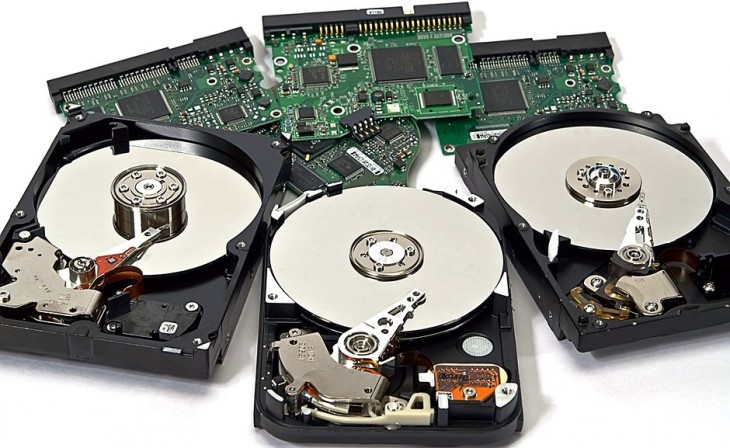Hard-drives Failure Rates In 2022
Introduction
Backblaze is a data backup and storage company that has collected data on hard drive failure rates since 2013. The company uses over 180,000 hard drives in their data centers, which provides a significant sample size for analysis. In their latest analysis, Backblaze examined the failure rates of hard drives by age, which can provide insights into how long a hard drive can be expected to last.
The Results
According to the latest analysis by Backblaze, the failure rate of hard drives varies significantly depending on their age. For example, the failure rate of hard drives during their first year of use is relatively low, at around 1.5%. However, after the first year, the failure rate starts to increase and continues to do so as the hard drive ages. By the time the hard drive reaches four years old, the failure rate has increased to around 12%.
The analysis also found that the failure rates of different brands and models of hard drives can vary significantly. Some brands and models have a much lower failure rate than others, and the specific use case for the hard drive can also impact its reliability.
The Impact
The impact of hard drive failure can be significant for both individuals and businesses. For individuals, the loss of personal data such as photos, documents, and music can be devastating. For businesses, the loss of critical data such as financial records, customer information, and product designs can result in significant financial losses and damage to the company's reputation.
Moreover, the cost of hard drive failure can be substantial, with the need to replace the failed hard drive and recover lost data. In some cases, data recovery can be costly and time-consuming, particularly if the data is not backed up regularly.
Prevention
Prevention is key when it comes to hard drive failure, and there are several measures that individuals and businesses can take to mitigate the risk. Regular backups are essential, as they can ensure that data is not lost in the event of hard drive failure. Backing up to an external hard drive or a cloud-based service can provide additional protection against data loss.
Regular maintenance of hard drives can also help to prevent failure. This can include defragmenting the hard drive, checking for errors, and ensuring that the hard drive is not overheating. Proper ventilation and cooling can help to prevent overheating, which can lead to hard drive failure.
Moreover, choosing a reliable brand and model of hard drive can also make a significant difference in terms of failure rates. By choosing a brand and model with a proven track record of reliability, individuals and businesses can mitigate the risk of hard drive failure.
Also Check Can we make the internet less power-thirsty?
Conclusion
In conclusion, hard drive failure rates are tied to the age of the hard drive, with the failure rate increasing significantly as the hard drive ages. The cost of hard drive failure can be substantial, making prevention essential. Regular backups, regular maintenance, and choosing a reliable brand and model of hard drive can all help to mitigate the risk of hard drive failure. With the proper measures in place, individuals and businesses can protect their data and minimize the impact of hard drive failure.




